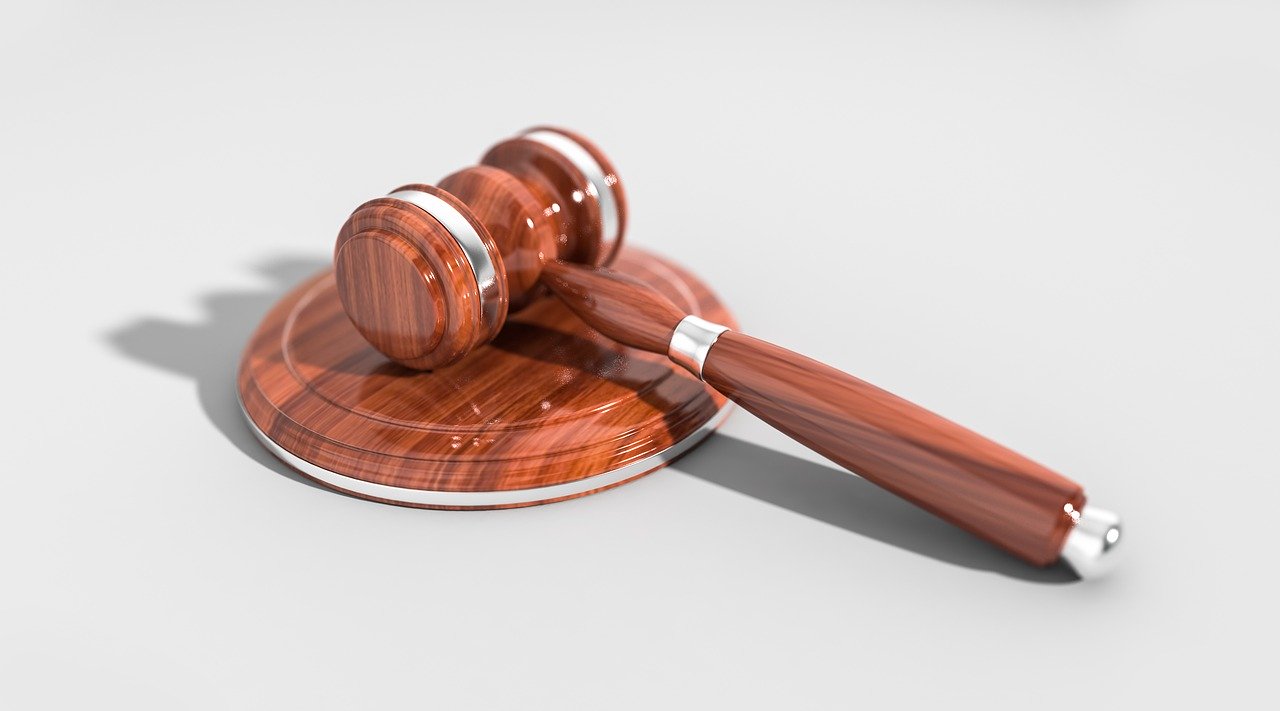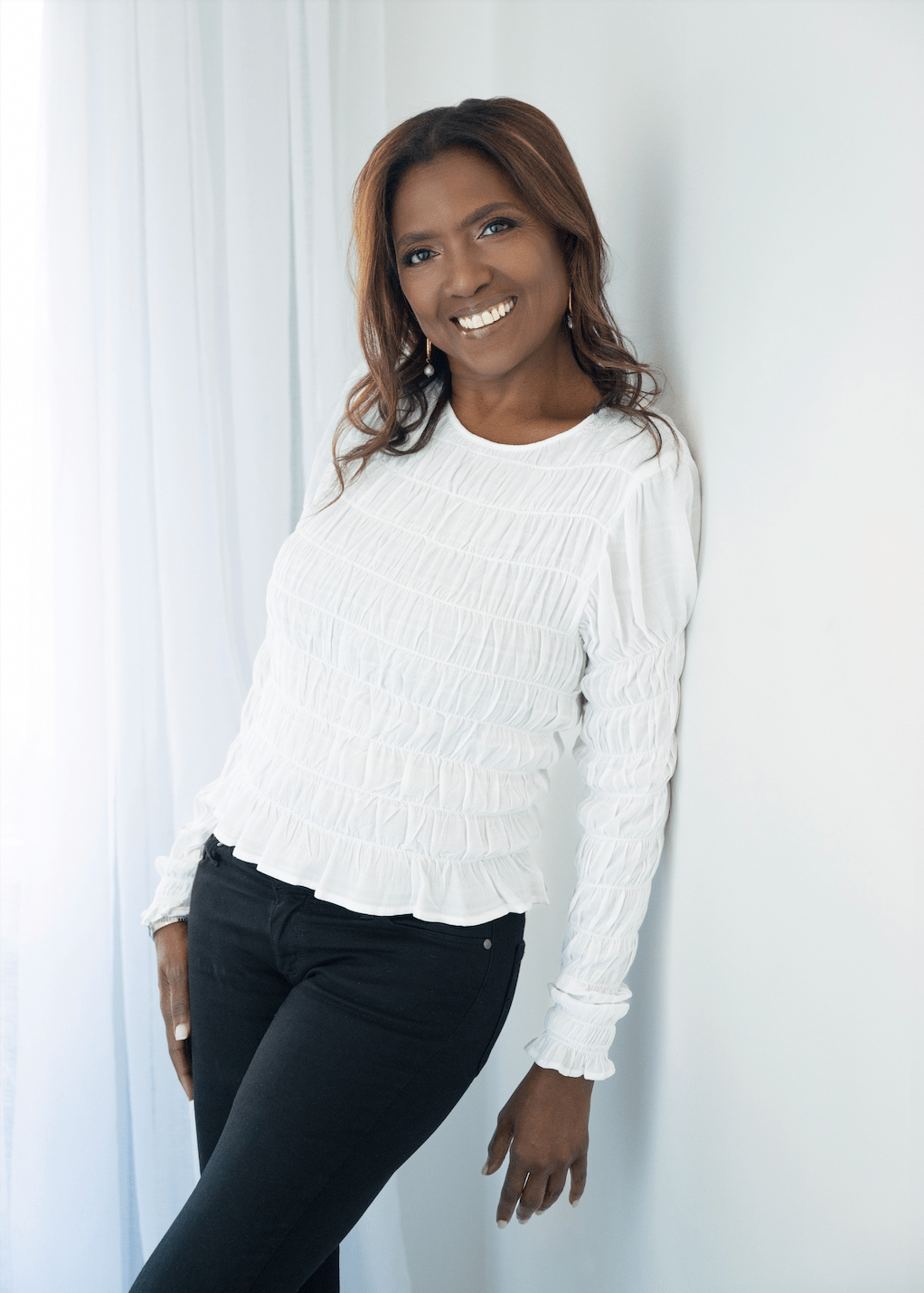Lifestyle
How to Pursue a Wrongful Death Claim

If someone you love has died because of someone else’s actions or negligence, you may be entitled to compensation via a wrongful death claim. Unfortunately, many people don’t really understand what a wrongful death claim is and aren’t especially motivated to pursue one.
How do you pursue a wrongful death claim and is it worth the time and effort?
Your First Step: Contacting a Lawyer
The first step of the process should always be contacting a wrongful death lawyer. Your lawyer is going to be your personal representative, representing your best interests, helping you understand the law, and advising you on the best course of action for your wrongful death suit. Most wrongful death lawyers are willing to offer an initial, free consultation, so there’s no real risk or downside to contacting one to determine if you have a reasonable wrongful death claim on your hands.
Upon first contact, your lawyer may inform you that this wrongful death claim isn’t worth pursuing, for one reason or another. If your claim is worth pursuing, however, they’ll help you understand the first steps of the process and provide you with instructions for how to conduct yourself from here.
What Is a Wrongful Death Claim?
In case you aren’t familiar, a wrongful death claim is a civil claim filed against an individual or an organization that was responsible for a person’s wrongful death. Wrongful death can occur in many situations and for many reasons, but it’s usually associated with an intentionally harmful action, malpractice, or negligence.
Wrongful death claims are often (but not only) filed in the events of wrongful death on the job, car accidents, medical malpractice, and product liability issues. If a person died because of someone else’s actions or lack of actions, it could hypothetically qualify as a wrongful death.
When filing a wrongful death claim, plaintiffs seek compensation from defendants. Compensation can be awarded for:
- Medical bills. If there were significant medical bills incurred as a result of this action or accident, the defendant may be responsible for reimbursing you for them. Any medical expenses associated with this particular event may be included.
- Funeral expenses. The defendant may also be responsible for compensating you for funeral expenses. The amount awarded may vary depending on several variables.
- Mental pain and suffering. Losing a loved one is horrific, and typically causes significant pain and suffering. While it’s hard to put a price tag on pain and suffering, most guilty defendants in wrongful death claims end up paying at least some money in compensation for this.
- Loss of support and services. Compensation is also frequently awarded for loss of support and services. If you relied on this person for income, important responsibilities, or just help around the house, it needs to be acknowledged.
- Loss of future earnings. Loss of future earnings is what it sounds like; it’s compensation for the earnings this person would have had were it not for the wrongful death.
Who Can Sue?
In most cases, spouses, children, and other close relatives can sue for wrongful death. However, there are some jurisdictions and some specific scenarios in which other people can sue for wrongful death as well. Talk to your lawyer to find out who can file a claim in your area.
Important Considerations
There are some important considerations you’ll need to bear in mind before beginning to pursue a wrongful death claim:
- The statute of limitations. Understand that there’s a statute of limitations for wrongful death claims. The exact length of time varies from location to location, but you’ll usually only have a year to a few years before you’re no longer able to file a claim.
- Evidence. If you want to prove that the defendant is responsible for the wrongful death, you’ll need evidence to do it. Your lawyer can guide you with more specific detail here, but you should do everything you can to gather and preserve evidence that shows what happened.
- Proving negligence. Proving negligence can be difficult in a court of law, as you’ll have to prove four separate things: duty of care, a breach of duty, causation, and damages.
- Timelines. Wrongful death claims can sometimes take a long time to pursue. It may also take some time and energy on your part. Make sure you’re prepared for this before you begin the journey.
- Fees. Many wrongful death attorneys will not charge you unless you win compensation. Either way, make sure you understand the fees for which you are responsible before you enlist these professional services.
Tragedies can never be undone, but it is possible to seek justice and compensation with the help of a skilled attorney. If you’ve recently lost a loved one in an event that was attributable to someone else, it’s a good idea to talk to a lawyer as soon as possible.
Lifestyle
Wanda Knight on Blending Culture, Style, and Leadership Through Travel

The best lessons in leadership do not always come from a classroom or a boardroom. Sometimes they come from a crowded market in a foreign city, a train ride through unfamiliar landscapes, or a quiet conversation with someone whose life looks very different from your own.
Wanda Knight has built her career in enterprise sales and leadership for more than three decades, working with some of the world’s largest companies and guiding teams through constant change. But ask her what shaped her most, and she will point not just to her professional milestones but to the way travel has expanded her perspective. With 38 countries visited and more on the horizon, her worldview has been formed as much by her passport as by her resume.
Travel entered her life early. Her parents valued exploration, and before she began college, she had already lived in Italy. That experience, stepping into a different culture at such a young age, left a lasting impression. It showed her that the world was much bigger than the environment she grew up in and that adaptability was not just useful, it was necessary. Those early lessons of curiosity and openness would later shape the way she led in business.
Sales, at its core, is about connection. Numbers matter, but relationships determine long-term success. Wanda’s time abroad taught her how to connect across differences. Navigating unfamiliar places and adjusting to environments that operated on different expectations gave her the patience and awareness to understand people first, and business second. That approach carried over into leadership, where she built a reputation for giving her teams the space to take ownership while standing firmly behind them when it mattered most.
The link between travel and leadership becomes even clearer in moments of challenge. Unfamiliar settings require flexibility, quick decision-making, and the ability to stay calm under pressure. The same skills are critical in enterprise sales, where strategies shift quickly and no deal is ever guaranteed. Knight learned that success comes from being willing to step into the unknown, whether that means exploring a new country or taking on a leadership role she had not originally planned to pursue.
Her travels have also influenced her eye for style and her creative pursuits. Fashion, for Wanda, is more than clothing; it is a reflection of culture, history, and identity. Experiencing how different communities express themselves, from the craftsmanship of Italian textiles to the energy of street style in cities around the world, has deepened her appreciation for aesthetics as a form of storytelling. Rather than keeping her professional and personal worlds separate, she has learned to blend them, carrying the discipline and strategy of her sales career into her creative interests and vice versa.
None of this has been about starting over. It has been about adding layers, expanding her perspective without erasing the experiences that came before. Wanda’s story is not one of leaving a career behind but of integrating all the parts of who she is: a leader shaped by high-stakes business, a traveler shaped by global culture, and a creative voice learning to merge both worlds.
What stands out most is how she continues to approach both leadership and life with the same curiosity that first took her beyond her comfort zone. Each new country is an opportunity to learn, just as each new role has been a chance to grow. For those looking at her path, the lesson is clear: leadership is not about staying in one lane; it is about collecting experiences that teach you how to see, how to adapt, and how to connect.
As she looks to the future, Wanda Knight’s compass still points outward. She will keep adding stamps to her passport, finding inspiration in new cultures, and carrying those insights back into the rooms where strategy is shaped and decisions are made. Her legacy will not be measured only by deals closed or positions held but by the perspective she brought, and the way she showed that leading with a global view can change the story for everyone around you.
-

 Tech5 years ago
Tech5 years agoEffuel Reviews (2021) – Effuel ECO OBD2 Saves Fuel, and Reduce Gas Cost? Effuel Customer Reviews
-

 Tech6 years ago
Tech6 years agoBosch Power Tools India Launches ‘Cordless Matlab Bosch’ Campaign to Demonstrate the Power of Cordless
-

 Lifestyle6 years ago
Lifestyle6 years agoCatholic Cases App brings Church’s Moral Teachings to Androids and iPhones
-

 Lifestyle5 years ago
Lifestyle5 years agoEast Side Hype x Billionaire Boys Club. Hottest New Streetwear Releases in Utah.
-

 Tech7 years ago
Tech7 years agoCloud Buyers & Investors to Profit in the Future
-

 Lifestyle5 years ago
Lifestyle5 years agoThe Midas of Cosmetic Dermatology: Dr. Simon Ourian
-

 Health7 years ago
Health7 years agoCBDistillery Review: Is it a scam?
-

 Entertainment6 years ago
Entertainment6 years agoAvengers Endgame now Available on 123Movies for Download & Streaming for Free
